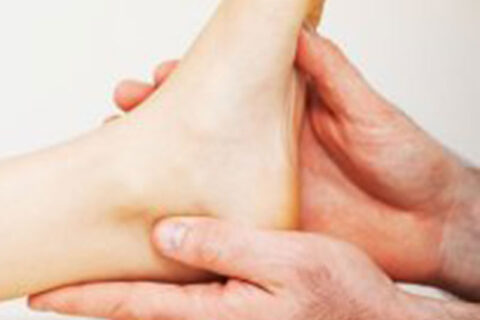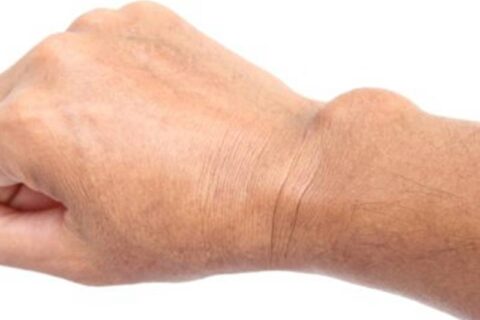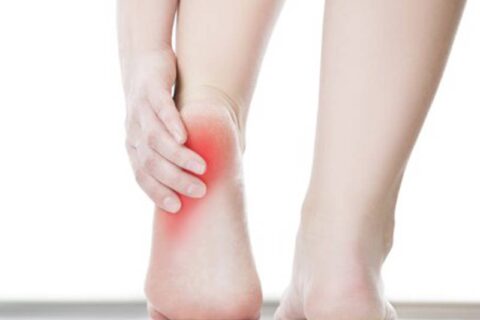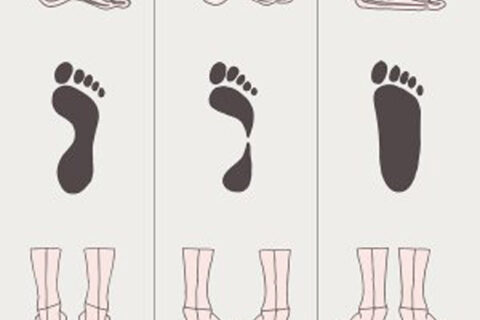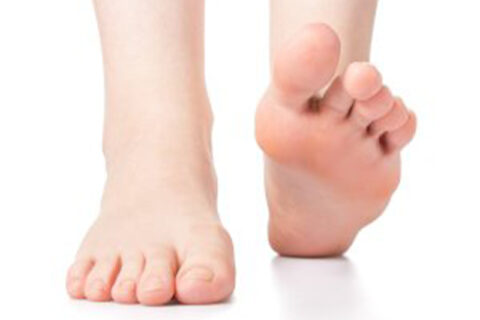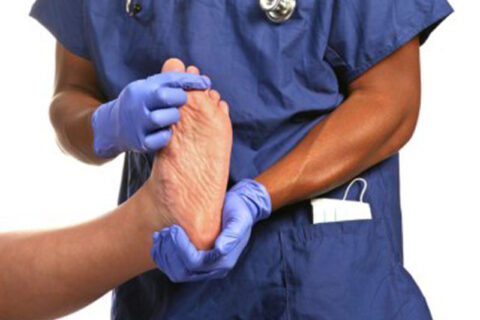Category: Plantar Fasciitis
When your feet are in good condition, this can help make everyday tasks easier and promote your overall wellness. If you want a clean bill of health…
Are you in need of bunion surgery in Sugar Land? If so, then read on to learn about the reasons why this option might not be effective for every…
Ganglion cysts are masses of tissue that contain a gelatinous substance and appear like a knot below the surface of the skin. They are the most…
More than 100 types of arthritis affect millions of Americans. The feet and ankles are particularly susceptible to developing arthritis because of…
One common condition that foot specialists near Sugar Land can treat is plantar warts. Plantar warts are skin growths that are caused by viral…
Foot pain and swelling are common during pregnancy and can make women extremely uncomfortable. In fact, the impact of pregnancy on the feet can be…
Plantar fasciitis is a common and painful condition that affects the plantar fascia, the ligament that runs from the heel along the bottom of the…
Plantar fasciitis is caused by a strain to the plantar fascia, or the ligament that runs from your heel to your toes. This ligament acts as the…
Your foot health can have a demonstrative impact on your quality of life. If each step brings pain, you may need foot surgery. While foot surgery…
EWST, or extracorporeal shockwave treatment, is a treatment option to relieve foot pain caused by plantar fasciitis. Plantar fasciitis occurs…

